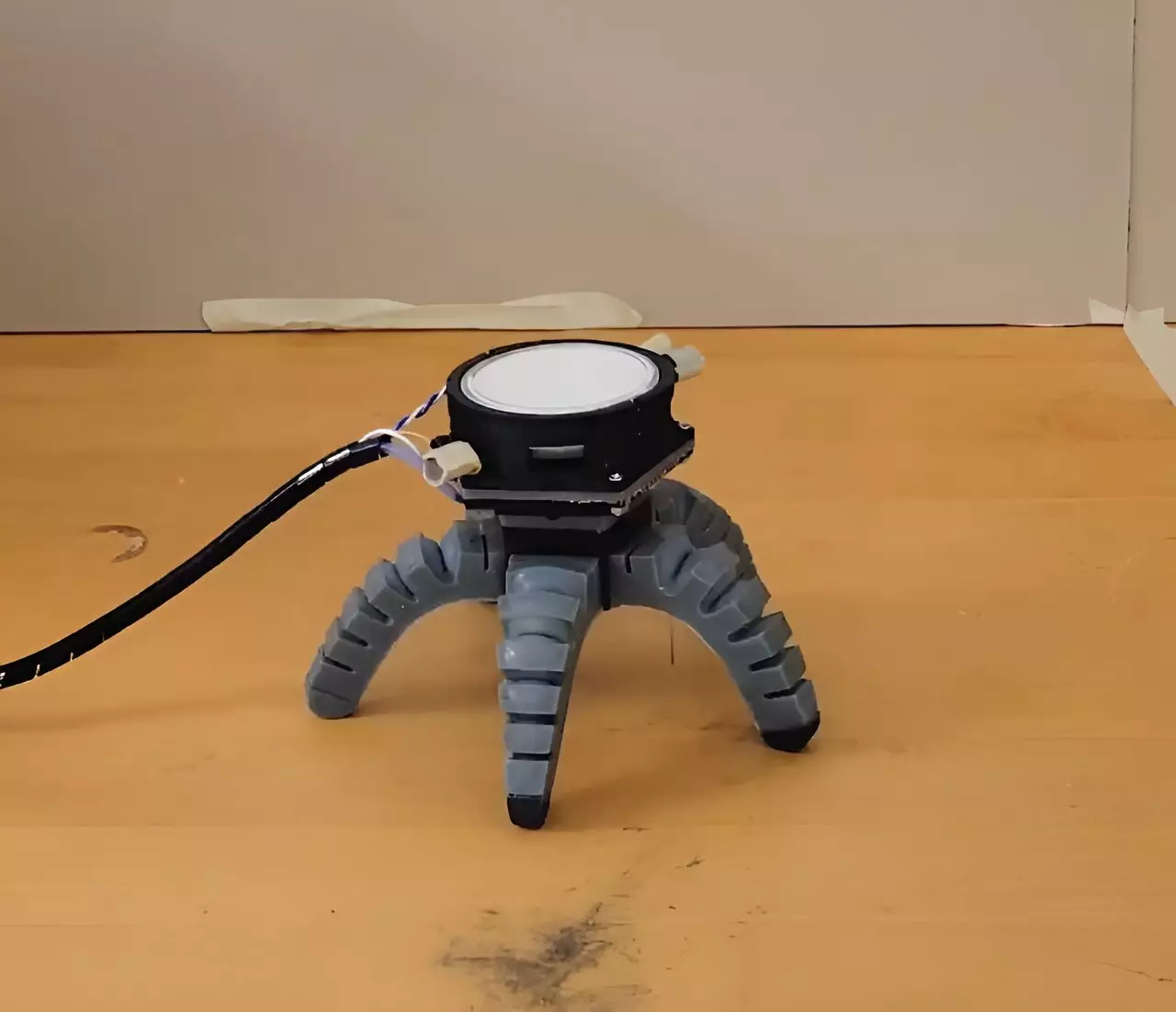The fast-paced evolution of robotics is continuously influenced by the intricacies of biological systems. In a groundbreaking research effort at Cornell University, scientists have explored the potential of integrating nature’s own electrical systems—specifically, fungal mycelia—into robot design. This exploration delves into how such biological elements can enhance the capabilities of robots, enabling them to better sense and interact with their environment compared to traditional synthetic counterparts. This innovative approach illustrates a new front in the quest for advanced robotic autonomy.
Fungal mycelia are remarkable organisms, serving as the vegetative structure of fungi. Located beneath the surface, they create an extensive network capable of flourishing in diverse and often harsh environments. Mycelia can respond to various stimuli, including chemical signals, moisture, and light. This responsiveness to multiple inputs renders them exceptionally valuable in robotics, as they have the potential to introduce a level of adaptability that is challenging to achieve with conventional sensors. Exposing robots to mycelia implies leveraging a living organism’s natural communication abilities to create more responsive systems.
Creating a robot that assimilates mycelial properties is no easy feat. It demands a confluence of expertise—spanning mechanical engineering, electronics, mycology, neurobiology, and signal processing. Anand Mishra and his interdisciplinary team at Cornell faced numerous challenges as they attempted to embed these organisms into robotic frameworks. Navigating the complexities of growing uncontaminated fungal cultures proved to be a significant hurdle, as the incorporation of living organisms introduces an unpredictable variable to the engineering process. Each element requires precise control and expertise, making the biohybrid project an ambitious amalgamation of science and art.
The Cornell team devised a unique electrical interface designed to minimize external vibrations and electromagnetic interference while capturing the mycelia’s electrophysiological activity. By harnessing the mycelia’s innate electrical signals, the robots were created to respond to the environment in real time. The electrical information transferred from biological signals was translated into actionable commands that directed the robots’ movements. Through detailed experimentation, including different stimuli such as ultraviolet light, the biohybrid robots demonstrated their ability to adapt their gaits and movements—tangible proof of the mycelium’s influence over the robotics.
Two distinct biohybrid robots—one resembling a spider, the other a wheeled entity—were put through a series of tests to gauge their responses to their surrounding environment. The first series of experiments allowed the robot to react autonomously based on the natural signals produced by the mycelia. Further stimulation with UV light modified their movements, illustrating that these fungal components could initiate significant changes in behavior. This finding emphasizes the adaptability of such robots for various applications, including potential uses in agricultural monitoring where adaptation to changing environmental conditions is paramount.
The implications of this research extend beyond robotics alone, signaling a fundamental shift in how we interact with living systems. Mishra expresses the belief that integrating biological signals into robotic systems may blaze new trails in understanding environmental dynamics and stressors within ecosystems. For instance, these biohybrid robots could autonomously sense soil nutrient levels, initiating precise agricultural interventions to optimize crop health and minimize detrimental environmental impacts.
The merging of robotics with living biological systems such as fungal mycelia opens a transformative pathway in technology, enhancing our capacity to create responsive machines that operate more harmoniously with nature. The Cornell researchers have taken a crucial first step in this innovative direction, creating machines that are not just programmed tools but living systems in harmony with their environment. As we look toward future advancements, biohybrid robotics may redefine the relationship between technology and biology, revealing a symbiotic potential that can lead to sustainable solutions in various domains, from agriculture to environmental monitoring. This research heralds a new age where the boundaries between the biological and technological realms grow increasingly blurred, paving the way for autonomous systems that can truly thrive in dynamic ecosystems.


Leave a Reply